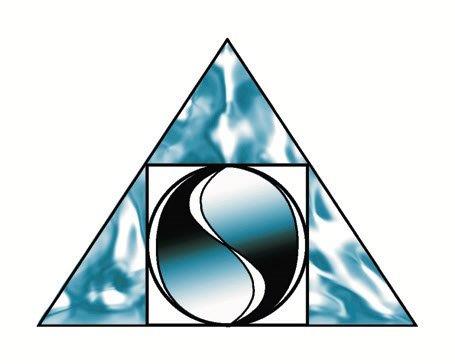Detached Caring
“[D]etachment means letting go and nonattachment means simply letting be.” ― Stephen Levine
It has been said by many that compassion is a conscious awareness and desire to relieve suffering and help others. There are some people that interfere, control, or take over another person’s life for them because they believe they know best. One of the ways to not do this is with a detached caring approach which is holding this supportive attitude toward another person in distress by helping that person to make decisions and take responsibility for themselves. In this kind of compassionate detachment one does not do for another what they must do for themselves. In other words, don’t do what needs to be done for them but support them in doing it themselves. Detached caring is a way to be a helper or provide service to another that protects the caregiver. A visual would be imagining a circle around the person and only tipping your big toe into their circle of life so that you can remain objective as you support them in their situation. Otherwise, you cannot discern what is your stuff and what is their stuff. The lines between you become blurred.
Detached Service
“Attachment is the great fabricator of illusions; reality can be obtained only by someone who is detached.” ― Simone Weil
Some of my clients provide a caring service to others. They might be a therapist, counselor, teacher, medical professional or other type of service provider. They report that they take home and carry with them the problems of the people that they serve or care for. They worry about them over the weekend or even in their sleep and dreams. Their question is how to get relief and not be so consumed by the problems of others. They were wanting to know how to do that. These clients have allowed themselves to ruminate on the problems of others to the point that another person’s issues can live “rent free” in their heads as they constantly let themselves become disturbed and emotionally upset. Overtime this can produce a personal burnout, a compassion fatigue, or a vicarious trauma. Vicarious trauma is a second-hand perceived experience through another person’s issues. It is anything that interferes with the helper’s ability to fulfill his or her responsibility to assist an emotionally disturbed or traumatized client. The main characteristic is a disrupted personal spirituality, or an interruption in the caregiver’s or trauma workers’ sensed meaning and hope, so much so, that they might even need treatment for their own disturbance of mind.
Paradox
A paradox is like a contradiction in terms. Detachment is a paradox because we have to let go in order to attach real care. Many people think that if they use detachment that they may care less than others. Detachment is also about giving up desire and the desire for the particular way that you want things to work out for others or even yourself. It is a spiritual practice. C. G. Jung, Buddha, Meister Eckhart the Catholic mystic, and many others have taught that detachment is based on integrating and holding “the tension of the opposites.” This is the way of paradox, and it is explained by the Benedictine monk Cyprian Smith thoroughly in his book Spiritual Life as Taught by Meister Eckhart: The Way of Paradox.
When a person does let go of the outcome for another person, this is a gift of freedom and love. Detachment requires the personal ability to set boundaries, borders, and limits for yourself. Just as you might like to decide the course of your own life, whether it be about love, work, or life path direction. The use of detached caring is a spiritual work for yourself and others.
“One who performs his duty without attachment, surrendering the results unto the Supreme Lord, is unaffected by sinful action, as the lotus is untouched by water.” − Bhagavad Gita 5.10.
© Ozimkiewicz







